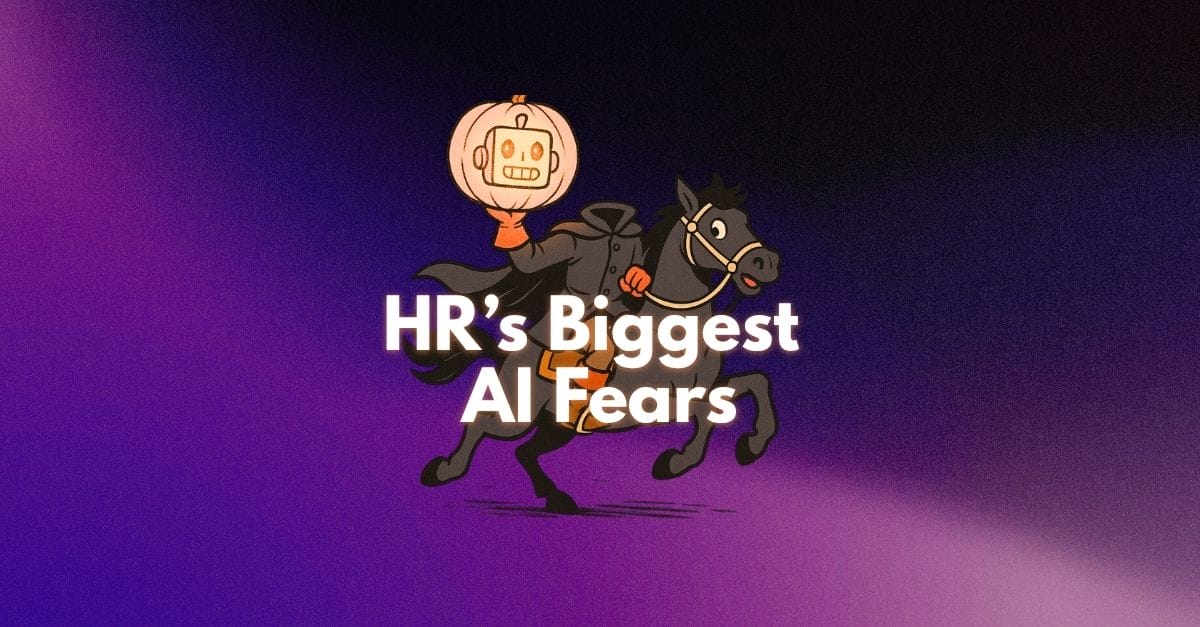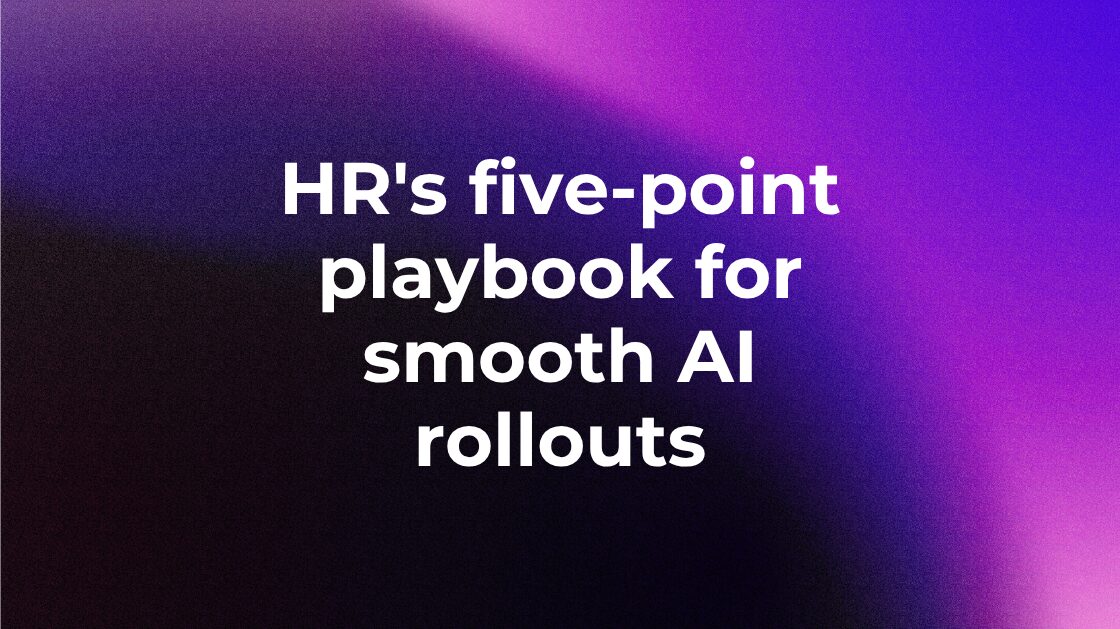Reevaluating leadership and challenging where true power lies
Traditional leaders, not just those in powerful positions, have their own gravitas: oft-impeccable, if not distinctive, postures, commanding gestures, and tailoring to match. For imposters, mirroring these traits seems forced — even down to the tailoring, which never is quite right, but looks as though a suit jacket was plucked from a parent’s closet. And then there’s the new wave of leadership, a sort of deliberate creative chaos, shrouded in black turtlenecks or hooded sweatshirts, finished by jeans and sneakers, a style that denounces the stiff predecessors in both physicality and mentality. Fraudulent Silicon Valley-types strive for that air of effortlessness, but ultimately look unkempt.
Leaders of all types were recently at the Vistage Executive Summit in New York, and I had the privilege of attending with The Predictive Index’s own CEO, Mike Zani. I anxiously wondered how I should present myself to these people, aside from my sales pitch and the suiting I rarely wear, with the silk scarf and patent flats I have nearly worn out. I thought about Sheryl Sandberg encouraging me to lean in, Sallie Krawcheck telling me to own it, and watching my own CEO do it all without blinking or breaking a sweat in an increasingly humid conference area in a hotel in the middle of Times Square. And so I took a bit from all of them, flexing myself to meet the demands of the event, telling myself that to command leadership is to perform it.
Looking to hire a leader? Learn the top 5 competencies of high-potential leaders and how to identify the people who have them with our HiPo Drive eBook.
Join 10,000 companies solving the most complex people problems with PI.
After a successful day meeting with leaders from around the tri-state area, Mike and I were able to catch the last speaker of the day. I sat in my chair, shoulders back, body bent slightly forward at attention, ankles crossed. Mike relaxed more in his seat. A man walked on stage, poised and in front of a large photograph, well-coiffed and better-tailored. His arms were wide as he commanded his audience. The room fell silent. Platon was speaking.

His photographs were breathtaking, but his storytelling was even better, and he grew more confident with each photograph he shared: Obama, Michelle, Clinton, Putin, Trump — a veritable display of power in all degrees and facets. And then, there was Muhammad Ali, whose power was trapped in a body that no longer could stand toe-to-toe with its former glory. Next, a military widow, clad in her fallen husband’s Army t-shirt, mourning that it had been washed before she could smell him one last time.
I sat there, stoic, performing the kind of composure I believed was expected of me in a room among leaders. To my right, Mike gently wiped away tears, head tilted downward, body slouched slightly forward, unconcerned with performance. In that moment, his leadership was human. It was authentic. It was impactful.

I learned more from Mike about leadership than I could have imagined I’d learn working as a sponsor, at a booth, on a large conference floor. So much of leadership is performative — sharply tailored suits, perfect posture, commanding gestures, or carefully disheveled, but always deliberate and aware. We flatten ourselves to adhere to standards, both old and new, we’ve been taught to revere. But let’s not forget to challenge that performance in favor of humanity, remembering that true leadership and power lies in our authentic selves.









